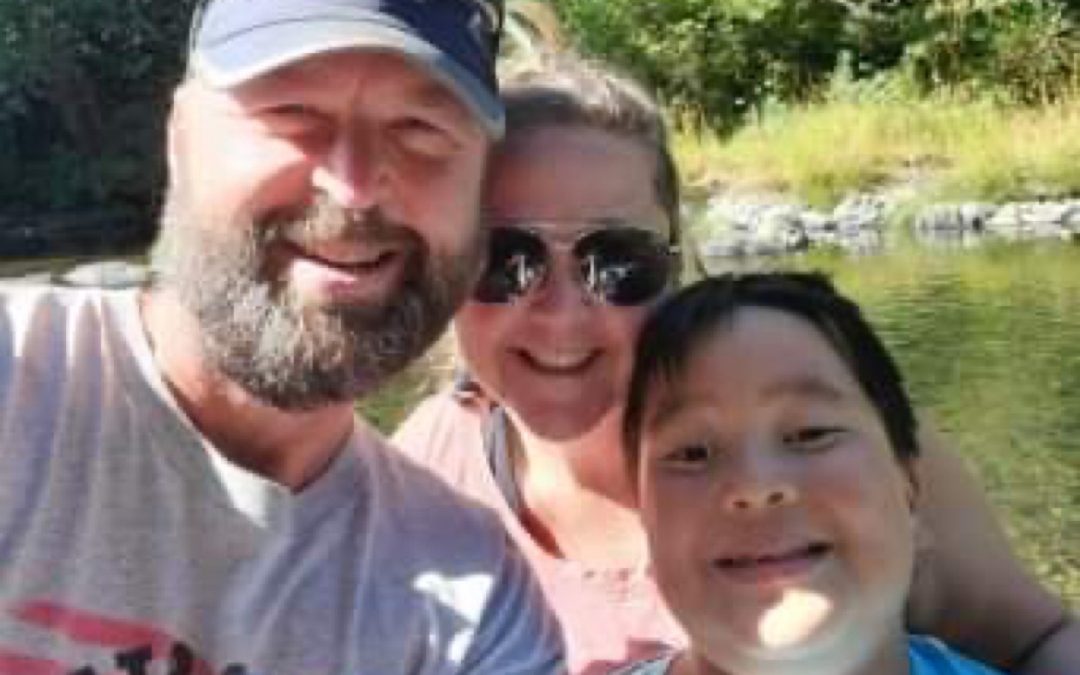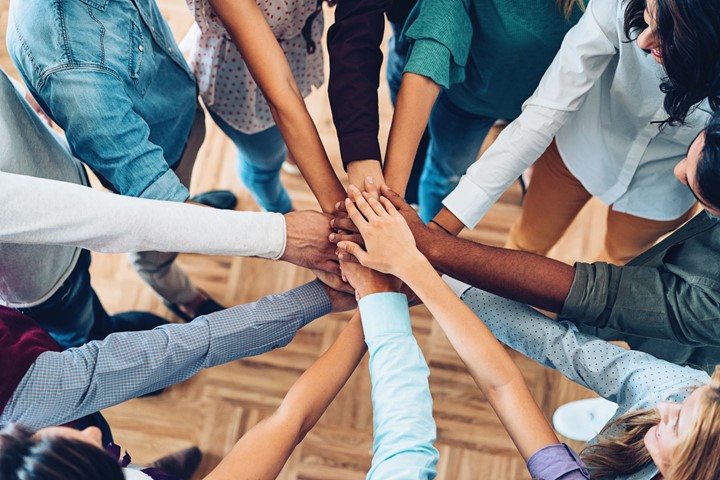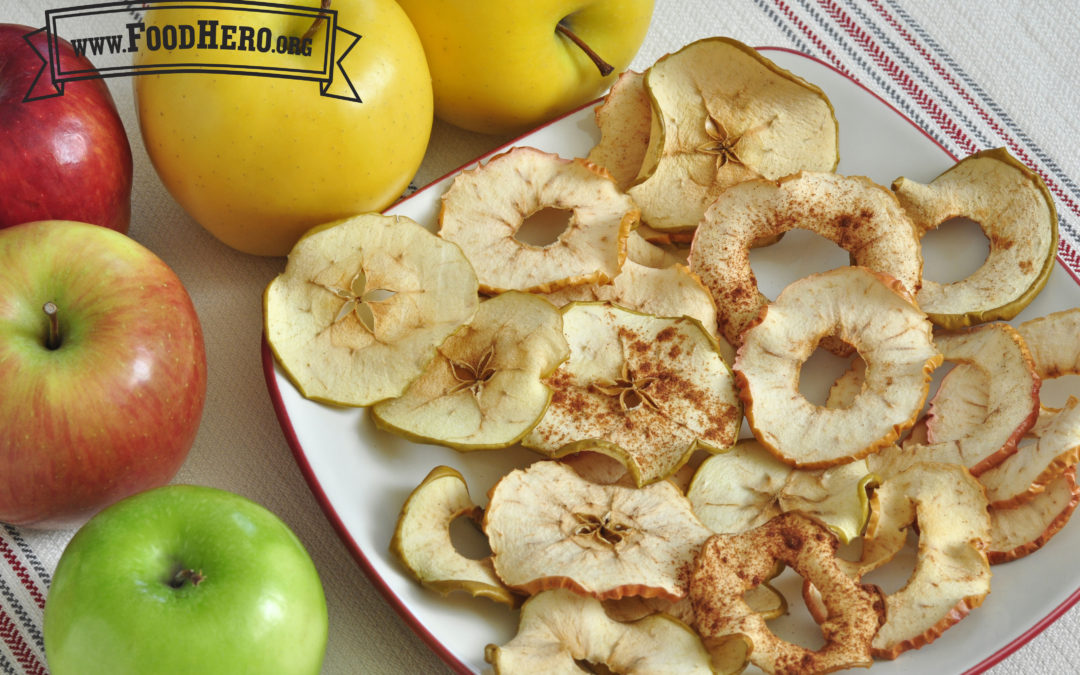
by Guest | Oct 22, 2020 | Being Well
How’s your heart? No, I don’t mean that organ working so hard to pump life throughout your body. I mean that space inside your chest, that vast space that holds your tenderness, grief and sorrow. These are overwhelming times. Dr. Cornel West recently said, “we would be numb if we weren’t wrestling with despair.”
As this year has unfolded, I have found my own heart wrestling with much despair. The pandemic exposed so many issues around racism and health equity. Black, Indigenous, Latinx and other People of Color have been disproportionately impacted by COVID-19. According to the COVID Racial Data Tracker (a partnership between The COVID Tracking Project and the Center for Antiracist Research), Black people are dying due to COVID-19 at 2.3 times the rate of white people. In Oregon, Black people are 2% of the population, but 4% of the cases; Native Hawaiian and Pacific Islander people are less than 1% of the population, but 2% of cases; American Indian or Alaskan Native people are 1% of the population, but 3% of cases; and Hispanic or Latinx people are 13% of the population, but 43% of cases. To give a comparison for context, white people make up 84% of Oregon’s population, but 49% of cases. These numbers reveal the racial inequities within healthcare, as well as the many other interwoven systems of our society, both historical and current, including—housing, employment, education and the legal system.
My anguish multiplied as this year continued the legacy of state-sanctioned violence towards Black people in so many cities across our nation. The brutal murder of George Floyd brought feelings of hopelessness and despair, and I know I am not alone.
I knew I needed to find a way to stay resilient during these times. My first step was recognizing that my feelings of despair and overwhelm are there because I care. My heart breaks because I have let myself be open to the suffering of others. I know that numbness is not my way out of this; continuing to feel more, not less, is the path to staying resilient.
I also have to allow myself to self-protect. I sometimes need to take a break from the news. I know I cannot respond wisely from a place of agitation. I have to respond from a place of calm and care.
I do my best to stay engaged and remember hope–the hope that is rooted in the mystery and uncertainty of it all. I know that both optimism and despair can give us the illusion that we already know the outcome (It’s all going to be fine! or It will continue to get worse!) and that can lead to apathy. Instead, I work to stay in that place of “wise hope” or “active hope” that is rooted in I don’t know and urges me to continue working to end racial inequities and racism. Because it feels the pain of others, my own heart is uplifted, and that helps me stay engaged.
The poem “Clearing” by Martha Postlethwaite brings me a sense of clarity as I find my way on this journey. Perhaps it will also help guide you if you are wondering or feeling stuck on your own path towards making the world a better place.
Do not try to save
the whole world
or do anything grandiose.
Instead, create
a clearing
in the dense forest
of your life
and wait there
patiently,
until the song
that is your life
falls into your own cupped hands
and you recognize and greet it.
Only then will you know
how to give yourself
to this world
so worth of rescue.
AUTHOR: Sara Todd, Licensed Social Worker at Rinehart Clinic
For more local health and wellness information, follow Tillamook County Wellness on Facebook, Instagram and Twitter.

by Guest | Oct 15, 2020 | Being Well
The last 6 months have not been easy, and for local resident Julie Hurliman, the biggest concern has always been the impact on her 9-year-old son, Matteo. At the beginning of COVID-19, Julie found herself allowing Matteo more screen time than normal because it was the only way to interact with friends and other family. She worries about him feeling lonely or isolated as an only child during a time of social distancing. Luckily, Julie was eventually able to create what she calls a “germ circle” with another family who also offered childcare. The families have kept their interactions with the outside world to a minimum, allowing their children to then safely interact with each other normally. As school has started up this fall, this connection has developed into more of a “learning pod, ” which has been increasingly helpful in navigating the challenges of online school.
Like many people, Julie is trying to do what is best for herself and her family in the world of COVID-19, although that in itself has been difficult to determine. With constant streams of conflicting information about COVID-19 in the media, Julie has felt torn: “Maybe I am overreacting to this? And then you see the other stories and effects of COVID and then think maybe you can’t overreact; this is a big deal. It’s really hard to feel sane in all of this.” It has been difficult to feel confident about any decisions, especially with COVID-19 making planning for the future nearly impossible.
Within all of the uncertainty, Julie tries to focus on being kind – both to others and to herself. She points out that we never know what someone else is experiencing and it’s safer to assume that we are all doing the best that we can. She has found that although it is difficult to carve out time for self-care, she tries to take advantage of the opportunities that do come along. This summer has involved hiking, camping, kayaking, and grilling on the back deck – and thanks to COVID-19, a new evening hobby of watching the birds. Her focus is still on her son: “The world feels like such a heavy place with so much going on right now, you can almost feel guilty if you’re not consumed with worry. I don’t ever want that to feel normal for him.” Carving out time to do something fun together has become a priority, whether that involves board games or watching America’s Funniest Videos as a family on Sunday nights. These moments have become highlights of normalcy and joy in the midst of the challenges and chaos that 2020 has brought us all.
AUTHOR: Ariel Slifka, Tillamook County Wellness VISTA
For more local health and wellness information, follow Tillamook County Wellness on Facebook, Instagram and Twitter.

by Guest | Oct 15, 2020 | Recipes
Number of servings: 10 cups
Time for preparation (including preparation & cooking): 1 hour
Ingredients
Noodles
- 1 1⁄4 cups flour
- 2 eggs
- 3 Tablespoons water
Soup
- 3 cups water
- 4 1⁄2 cups low-sodium chicken broth (see notes)
- 2 chicken breasts, cooked and chopped
- 2 cups mixed vegetables, fresh, canned, or frozen
- 1⁄4 teaspoon pepper
Directions
- For noodles: Put flour in a medium bowl, make a well in center, and add eggs. Mix well. Add water 1 tablespoon at a time, until dough is stiff but easy to roll.
- Place dough onto a floured surface. Roll dough to ½ inch thickness using a rolling pin or a sturdy, straight sided drinking glass or jar.
- Cut into 1/4 to 1/2 inch strips, about 3-5 inches long. Let sit for 5-10 minutes.
- For soup: In a large pot, add water and chicken broth; bring to a boil.
- Add noodles a few at a time to water and chicken broth mixture. Bring the soup back to a boil.
- Add chicken, vegetables, and pepper. Boil for 12-15 minutes or until noodles are tender. Serve warm.
- Refrigerate or freeze within 2 hours.
Notes
- Broth can be canned or made using bouillon. For each cup of broth use 1 cup very hot water and 1 teaspoon or 1 cube bouillon.
- Try whole wheat flour to include whole grains.
- Freeze extra for another meal.
Recipe & Photo Source: https://www.foodhero.org/recipes/hearty-chicken-and-homemade-noodle-soup

by Guest | Oct 8, 2020 | Being Well
What a year 2020 has been! Each new emergency or disaster has highlighted the frontline heroes: doctors, nurses, paramedics, firefighters, and more. As we watch these courageous people respond to unthinkable challenges, and as some even lose their life doing so, we could begin to feel powerless about what we as ordinary people can do to help. Don’t lose hope! There is much we can do to help.
Start where you are. Look around you in these four areas and find ways that you can help.
In your circle of family and friends: Does someone you know need help? They might not be able to ask for help, for example if they are overwhelmed by responding to the immediate needs of their crisis. Can you bring meals, even simple things like soup or takeout? Can you help clean up after the meals that others have brought? Can you text or call regularly for friendly visiting? Keep in mind that personal and regional phone lines can become overwhelmed during a crisis and time your calls carefully.
In your faith community or civic groups: Does someone need help? Is there a community project that needs volunteers, whether doers or planners or supporters? Doers to get visible things done. Projects also need planners and behind-the-scenes support people. For example, in the early days of COVID pandemic response, a group of Tillamook County community volunteers came together to make and distribute cloth face coverings. Some did the sewing, some offered to buy supplies, and some drove the finished products to drop-off points around the County.
In your personal bounty: Do you have money or things (in new/like-new condition, but that’s another article) that you can give? Ask or do some research before deciding what to give. Sometimes money is most helpful. Sometimes things like clothing would be helpful but may cost more money in logistics getting them delivered than it would cost to just give money to a nonprofit or civic group onsite.
Many nonprofits and faith communities have ways to give online. Many of us also do our banking online and can easily set up a nonprofit or faith community to get a check. When you give, be thoughtful. Know which organizations you trust and decide whether you would like to focus your giving more locally or regionally. To learn more, go to the organization’s website or to a third party like Candid.org where you can look up mission and financial information about local, national and global nonprofits.
In your thoughts and prayers: Think positive thoughts. Pray. Even if you aren’t part of a faith community, expressing gratitude for the blessings you do have and believing that a higher power may be listening to your spoken and unspoken prayers can be helpful. Expressing gratitude has been shown to increase your happiness and decrease stress and pain. Believing in God and praying for grace and courage for yourself and others can inspire healing and hope.
So, take a deep breath. And pick at least one thing you will do this week to take action as an ordinary citizen.
AUTHOR: Melody Ayers, Philanthropy Director of Adventist Health Tillamook
For more local health and wellness information, follow Tillamook County Wellness on Facebook, Instagram and Twitter.

by Guest | Oct 8, 2020 | Lunch & Snack Recipes, Recipes
Prep Time: 10 minutes
Cooking time: 2 hours
Ingredients:
- 2 large apples
- Cinnamon (optional)
Directions:
- Rinse apples and cut crosswise into thin slices. Cut out the core if desired.
- Arrange slices in a single layer on baking sheets. Sprinkle lightly with cinnamon if desired.
- Baker at 200 degrees F for about 1 hour. Turn slices over. Continue baking until dry with no moisture in the center, 1 hour or more depending on thickness.
- Remove from oven and cool. Store in an air-tight container for up to a year.
Recipe and Photo Source: https://foodhero.org/recipes/baked-apple-chips





